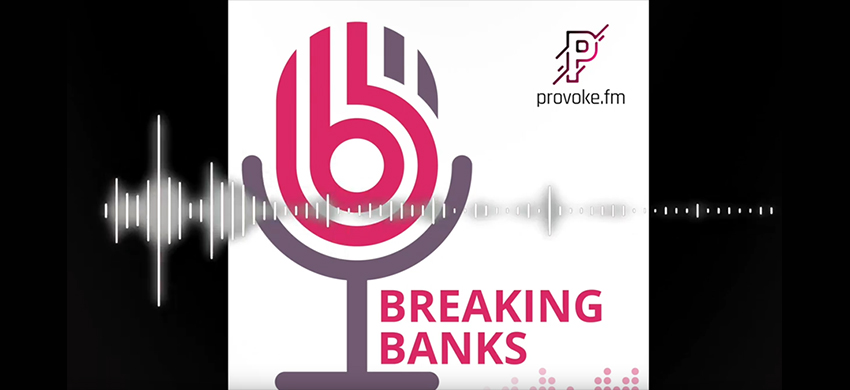Mark Aldred, Auriga’s VP of International Sales, joined Brett King on Breaking Banks to deep-dive into current industry hot topics such as the impact of COVID-19 on banks, branch closures, and how technology is changing the nature of banking. The ongoing wave of branch closures are attempts by banks to address the problem of cost and the lack of usage. However, we need to look at branches in a different light.
In the podcast, Aldred explains branch closures are not a new phenomenon, although it has been accelerated by the pandemic. There are various options for branch networks moving forward, given that digital has become a stronger part of day-to-day banking. Auriga is helping banks to deal with these banking industry challenges and develop stronger mobile propositions, alongside better digital and omni-channel engagement.
King also makes the case that in addition to the push for #nextgenbranches, there is a shift in consumer banking behaviour. Customers have become comfortable in using digital banking channels to do transactions that they used to only do in a branch. The trick to tackling this is to rethink what branches are for, rather than persisting with the traditional model of what a branch is or does.
What Auriga has noticed is that the technology that its clients are deploying to support terminals and assisted self-service devices, can be extended to re-model how to run a much more cost-effective branch, and deliver a more personalised customer experience. This approach can help banks to make substantial savings, expand the hours when branch services are available, and launch new offerings to customers, tailored to their needs.
Need for human communication
It is critical that financial institutions maintain a physical presence on our high streets when there are still banking products and services that require face-to-face interaction. There are certain financial services that people prefer to go into a branch for because they value the human touch.
This could be a problem with a bank transfer or an issue with fraud about which consumers would prefer to speak to a human either face-to-face or over the phone. Even during the pandemic, although most new bank accounts were opened digitally, over a third were done in person in the USA.
Banks need to invest in their staff to facilitate new branch services. Besides offering excellent customer service, increasingly branch staff must have a good level of technical competency to address more complex enquiries. Therefore, banks are offering staff training in new mobile or digital products they, or their partners, may have launched.
A bank branch for the digital age
Banca Carige is a fantastic example of how banks can adopt new technologies to provide fresh revenue streams. Last year, the Italian retail bank launched its first three Smart Branches using Auriga’s #NextGenBranch solution, including secure integrated video banking in-branch to provide a new channel to its customers that mix the physical and digital offering. This new branch banking model is expected to increase profitability, with a fully digital branch reducing operating costs by 38% compared to traditional branches.
Auriga has helped Banca Carige to seize this opportunity for change, addressing the digital challenge through an approach capable of integrating the physical experience with digital tools and automation. Each of its new Smart Branches is connected to a central team of banking staff who can remotely support customers as they use the new self-service systems.
At specially designed workstations within private areas of the remodeled branches, customers can access all branch services like withdrawals, deposits, and payment in a totally self-service mode or via video assistance from one of the central team. This digital do-it-yourself model gives customers control over their banking affairs within the security of a branch and with the ability to involve expert assistance when it is needed.
Auriga’s WWS infrastructure provides a common set of business services to all channels, so the customer gets the same experience. This not only builds loyalty but enhances the user experience.
To find out more about the latest assisted self-service innovations and what you can expect branches to look like in 10 years’ time, watch the recording on YouTube here or listen on Spotify here.

 IT
IT  ES
ES 








